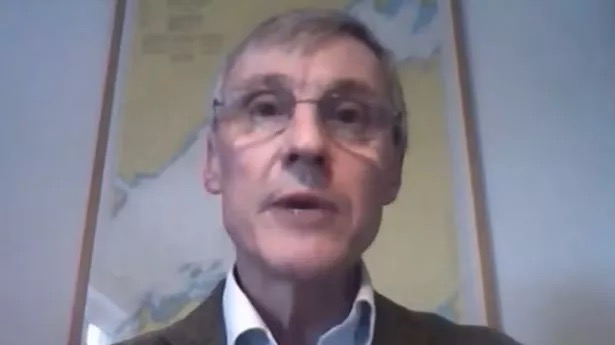One part in, the Covid inquiry still isn’t providing answers
Understanding the ‘madness’ of the lockdown era is easier said than done.


This coming week the UK Covid inquiry will end its first module, on resilience and preparedness.
One of the few lockdown-critical voices to take the stand so far was Prof. Mark Woolhouse, a leading infectious disease epidemiologist from the University of Edinburgh and an adviser to the UK and Scottish governments.
His book title summarises his Covid stance: The Year the World Went Mad. Woolhouse’s scientific memoir is full of soothing quotes — at least for those who wondered, in the throes of 2020-21 Kafkaesque confusion, whether it was they or those around them who had really “gone mad”:
“The average age of death in the UK is 78 years old […] the average age of death from Covid-19 up to October 2020 was 80 years […] I’d say that was a reasonable definition of a disease of old age.
Lockdown was conceived by the WHO and China as a means of eradicating the virus once and for all from the face of the earth […] this plan was doomed to fail from the outset.
As the care home crisis unfolded I received emails from veterinary colleagues shocked by what was going on and wondering if they could help […] e.g. the transfer of hospital patients back to care homes to free up beds.
In June 2020 I gave a virtual seminar to few dozen head-teachers […] they looked astonished; most of what I said was completely new and contradicted what they had understood about the threat to students and staff.”
– MARK WOOLHOUSE
Those of us who appreciate the irrationality of that 2020 response would like to see the Covid inquiry investigate this “old persons’ disease” from a more critical perspective. It could take more seriously the idea that lockdowns caused a greater amount of harm than good, explore the multiple failures of shielding the most vulnerable (could the veterinary profession really have managed the crisis in care homes better?). That’s not to mention the issue of STEM teachers failing to apply their analytical capacity to a real-world problem: prolonged school closures that hurt a generation of children and young adults.
The title of Prof. Woodhouse’s book undoubtedly contains some truth, yet we may still see a greater viral madness during our lifetime. His testimony ended with what is a relatively typical warning among infectious disease epidemiologists for ‘the next pandemic’:
“There will be a next time […] a virus that is much more deadly and is also much more transmissible, in which case actually the things we did to control Covid-19 wouldn’t have worked anyway, at least not without society completely falling apart.”
– MARK WOOLHOUSE
Covid was certainly not the virus of sensationalist science fiction books and film — far from it. But it did reveal how quickly collective madness and social breakdown can occur. We now have a mental signpost, some scaffolding to help us better imagine the possibilities.
Earth is a planet ruled by microbes, with hundreds of thousands of potential mammalian viruses. A recent analysis found more than 100 labs handling dangerous pathogens around the world: a recent boom in construction has not been accompanied by adequate biosafety oversight. Crucially, while most major and even many minor powers have active biodefence programs, it is much harder to determine the existence of more secretive offensive bioweapon programmes. Novel gene-editing technology is also a new added threat.
As the inquiry ends its module on resilience and preparedness, these microbial threats remain real but also very hypothetical. How do you prepare for the possible? Or as we say in global public health: Disease X.
Understanding the peculiar madness we all endured during 2020-22 is surely part of the antidote. But doing so would first require the public to more honestly appreciate the depths and range of this condition. We seem reluctant.
Follow Kevin Bardosh on Twitter @KevinBardosh
